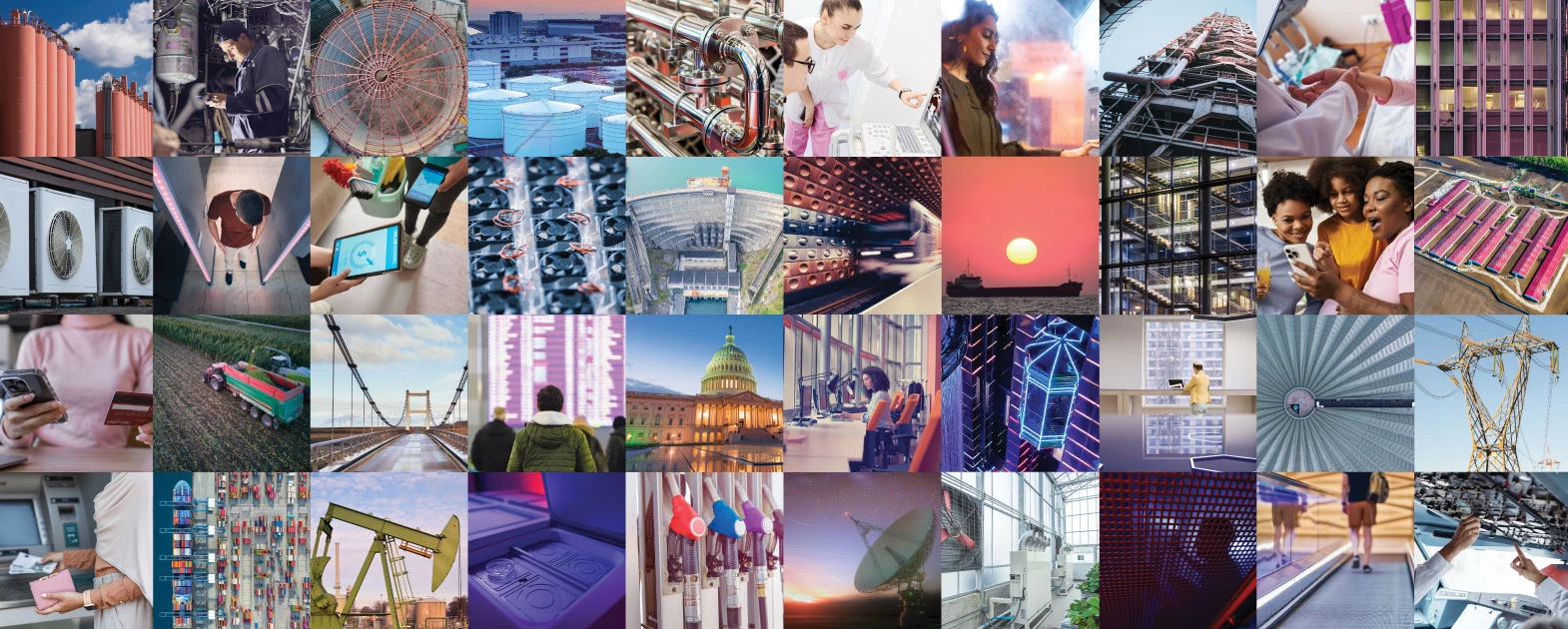Courtesy of the good folks at the Irrigation Association, July is Smart Irrigation Month, a time dedicated to spreading greater awareness of smart irrigation systems. Smart irrigation systems are part of the larger water sector, and are an area deserving of specific, continued focus beyond the month-long observation.
Smart irrigation refers to technologies deployed to improve efficiencies and promote cost savings that would not be possible with legacy irrigation systems; what makes these technologies “smart” is integration of programmatic control, automation, machine learning (ML) and artificial intelligence (AI), all of which save operators time and reduce error.
Why We Need Smart Irrigation Systems
According to the US Environmental Protection Agency (EPA), outdoor water use accounts for between 30% and 50% of U.S. residential water use, and up to 50% is wasted due to poor irrigation methods. As a result, there has been a movement toward WaterSense labeled smart controllers, which can help with cost savings. There are efficiency gains to be realized, as well. Utilities might realize energy savings of up to 30% on pump and distribution energy.
Those are the facts, but there’s more.
For those who appreciate tee times because the greens are so green (even if your swing isn’t keen), you might have your country club operator’s smart irrigation system to thank for that.
For public works directors overseeing municipal parks, green spaces, and water efficiency operations, this month is also a dedication to your work in achieving sustainability objectives.
For city planners and urban designers, this month provided an opportunity to reassess how smart irrigation systems might support heat island mitigation and green infrastructure planning amidst a warming climate.
For utility managers, this was a time to review water pressure controls, improve leakage detection schemes, and ensure that supply is not strained. You might have reviewed usage coordination patterns to avoid peak-load issues contributing to infrastructure fatigue.
And finally, IT/OT managers might dedicate time to reviewing the security posture of networked controllers, SCADA integrations, or wireless nodes that make up your city or town’s smart irrigation supporting infrastructure.
Smart Irrigation CPS Protection
Smart irrigation helps justify investments in automated water conservation, especially during periods of drought or under performance-based regulation. These systems need continuous protection.
Efficient systems help keep municipal water rates stable and largely predictable by reducing waste and maintenance overhead, resulting in costs which might otherwise be passed to the consumer. It could be argued that maintaining rate-stability is another goal of corporate social responsibility, beyond the environmental pillar; rate stability is possible when supporting systems are also stable and resilient.
These systems depend on an Internet of Things (IoT) implementation, where wireless gateways provide networks allowing operators to remotely administer their systems while also enabling the flow of sensor data to a central place for more thorough analysis. IoT transforms operations—digital transformation. Unfortunately, IoT also increases the attack surface.
Mitigating Threats to Irrigation System Security
Threats and risks to smart irrigation systems must be identified, quantified, understood, and prioritized for mitigation.
For leadership support, risk mitigation efforts must align to strategy and sustainability goals, and this is true regardless of your position within the organizational hierarchy across states, local governments, tribes, and territories (SLTT). Risks and threats to cyber-physical systems (CPS) within the smart irrigation service delivery chain can be surfaced and their impacts brought into the light with relative ease, but it is important that these risks are articulated in terms of business and societal impact.
Once CPS systems have been discovered and inventoried, threat analysis must consider the operational context of your overall environment; the context includes systems within the proximity or supporting of smart irrigation infrastructure, the people (users) required to operate systems, and the communication patterns forming baseline operations.
Are you confident that these critical systems are relatively safe from harm?
Outliers and deviations from baselines represent events or possible indicators worthy of investigation. Therefore, it is important to develop a cadence to analyze your environment for normal operation and threats, internally and externally, so that an operational baseline can be established.
Smart Irrigation CPS Protection Solutions for Owners, Operators
For states and municipalities, visibility is the key to knowing.
Smart irrigation systems are constantly emitting valuable data for your operation, but they may also yield data useful for security and defense; this data can be transformed into insights that inform integrity, reliability, and security of your systems.
We can help.
The Claroty Platform provides many options with swift time to value (TTV). Here is just a sample of how we can provide smart irrigation protection:
Install Claroty Edge: Using non-disruptive means to gather asset intelligence and risk information in minutes, Edge is ideal for networks deployed in support of smart irrigation. Edge collects protocol and deep asset insights without needing full infrastructure revamps.
Deploy Claroty xDome Secure Access: A purpose-built zero-trust solution for remote administration utilizing multi-factor authentication (MFA) while also providing per-session access, monitoring, recording, and least privilege access control of systems comprising critical infrastructure, of which irrigation is a part.
Configure network protection: Reduce the attack surface further by analyzing network communication graphs then configuring network zones designed to enforce granular, zero-trust-principled policies and integrate directly with existing solutions within the security operations environment.
Configure risk analysis and business impact: Develop a continuous monitoring strategy where the likelihood of risks and impacts is assessed automatically, integrating customized weighting and considering broader operational context.
Integrate with Claroty CTD: Push that intelligence into continuous threat detection (CTD), enabling scalable threat and exposure management for improved security posture and governance.
Final Thought
Smart Irrigation Month should be a time set aside for security architecture reviews, but due diligence happens every day. For cybersecurity leaders across SLTT especially, July is a time to validate and invalidate assumptions, ask better questions, develop better relationships across departments, and discover what may have previously been out of your view.
Great stewardship of our water is a societal concern, and developing decision support for justification of smart irrigation systems—and protection of those systems—is a hallmark of stewardship.
At Claroty, we’ve demonstrated a commitment to the preservation of critical infrastructure and that commitment will endure. We will be right back here next July as we observe advances in this space and recognize all that workers and engineers are doing to protect our water.










